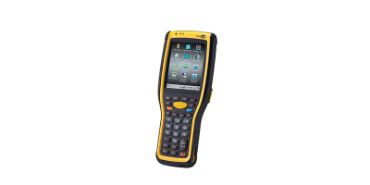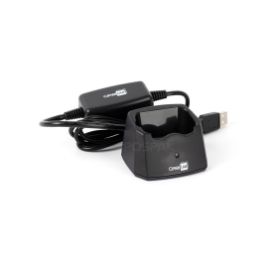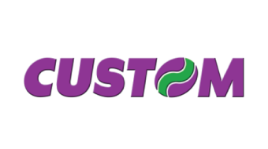Barcode Data Collector
Barcode Data Collector, also known as a Portable Data Terminal (PDT) or Mobile Computer, is a handheld device specifically designed to facilitate the collection, storage, and management of barcode data. These devices are equipped with a built-in barcode scanner and a screen, which may be operated via a physical keypad or a touchscreen interface, depending on the model. The primary function of a barcode data collector is to enhance the efficiency and accuracy of data collection processes across various industries, including retail, warehousing, logistics, healthcare, and manufacturing.
Core Features and Capabilities:
Barcode Scanning: These devices can read and interpret data encoded in barcodes, including both 1D (linear) barcodes and 2D (matrix) barcodes. This capability allows for the quick and accurate capture of product information, inventory numbers, asset tags, and more.
Data Storage: Equipped with internal memory, barcode data collectors can store thousands of barcode scans. This feature is particularly useful in environments where real-time data syncing may not be possible, allowing users to collect data over time and upload it when convenient.
Connectivity: Most modern barcode data collectors offer various connectivity options, including Wi-Fi, Bluetooth, and cellular networks. This connectivity enables real-time data transmission to central databases, immediate inventory updates, and seamless integration with enterprise resource planning (ERP) systems and warehouse management systems (WMS).
Durability and Mobility: Designed for use in diverse environments, from retail floors to rugged warehouses and outdoor settings, these devices are built to withstand drops, dust, and water exposure. Their portability allows users to carry them throughout a facility or in the field, ensuring data can be collected at the point of activity.
Software Integration: Barcode data collectors often run on standard operating systems like Android or Windows, allowing for the installation of custom applications tailored to specific business processes. This flexibility ensures that the devices can be integrated into existing workflows, providing functionalities such as inventory management, asset tracking, order picking, and shipment verification.
User Interface: With screens ranging from simple monochrome displays to full-color touchscreens, the user interface of barcode data collectors is designed for ease of use. This user-friendly approach minimizes training time and maximizes productivity among workers.
Battery Life: Given their mobile nature, these devices are equipped with batteries designed for extended use, ensuring that they can operate through an entire shift or longer without needing a recharge.
Applications and Benefits:
- Inventory Management: Streamlining the process of inventory counts, stock verification, and reordering.
- Asset Tracking: Enabling the efficient tracking of assets within an organization, reducing losses, and optimizing asset utilization.
- Order Fulfillment: Facilitating the picking, packing, and shipping processes, ensuring accuracy and efficiency in order fulfillment.
- Price Verification: Allowing retail employees to quickly verify prices and product information on the sales floor.
- Data Analytics: Collecting data that can be analyzed to gain insights into inventory levels, sales trends, and operational efficiencies.
In summary, Barcode Data Collectors are invaluable tools for businesses looking to optimize their data collection processes. By providing accurate data capture, enhancing operational efficiency, and supporting informed decision-making, these devices play a crucial role in the smooth operation and success of businesses across various sectors.



































_268.jpeg)





















